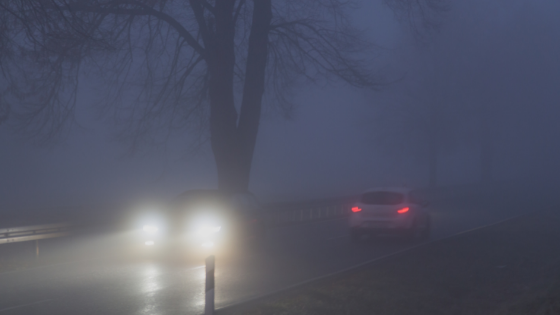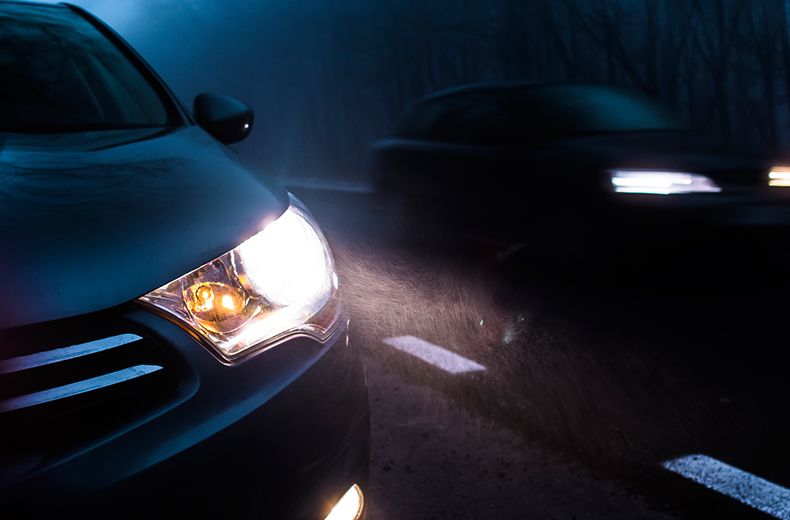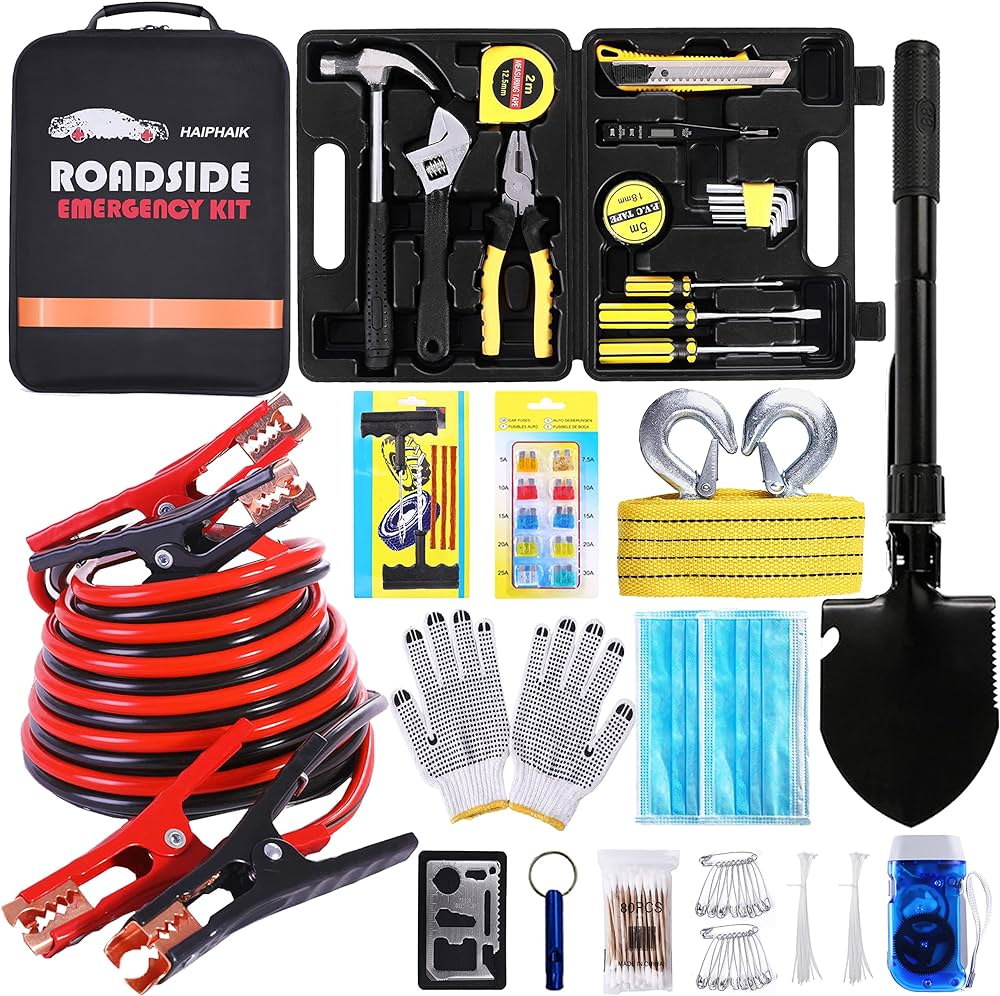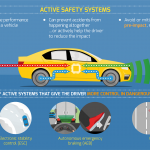Living in BC’s capital city has a good number of benefits. On Vancouver Island, spectacular scenery, a relaxed atmosphere, and fresh ocean breezes are never in short supply. Those are just a sample of the many reasons so many love this place. Not to mention the mild winter and fall weather conditions are pretty good too.
However, while Victoria lacks traditional Canadian winter conditions, such as snow, ice, and sub-zero temperatures, winter on the island is not without its drawbacks. Dense fog, continuous rain, heavy wind storms, – and even the occasional snowstorm, can all lead to dangerous driving conditions. Unfortunately, slick roads and other driving impediments are a reality for drivers on Southern Vancouver Island in winter.
That’s why it’s imperative to get your vehicle ready to handle Victoria’s ever-changing fall and winter driving conditions. A vehicle that’s well-maintained and properly prepared is key to protect you and your family when travelling the island’s dark and windy winter roads.
The following car maintenance tips will help you to get your ride ready and glide through the island’s fall and winter season with ease.
Consider Winter Tires
Regardless of the season or road conditions, your vehicle needs good tires. A vehicle’s tires are absolutely fundamental to remain safe while driving. In winter, having the right tires on your car, truck, SUV, or minivan that are compatible with the weather, and are also in good condition, is a must.
In fact, BC’s Ministry of Transportation requires all vehicles travelling on BC highways from October 1st to March 30th must have winter tires (M+S) installed. While this doesn’t apply to all roads in the Greater Victoria Area, if you need to travel up island, out to Port Renfrew or over to the mainland, you will need a vehicle that’s equipped with winter tires.
Be sure that your winter tires are of good quality and have the right amount of tread. Tread depth on winter tires should be no less than 4mm. An easy way to quickly check your tire’s tread is to use the dime method. All you need is a dime and 5 seconds of your time.

How to Conduct a Tire Tread Check:
- Grab a dime and hold it between your thumb and forefinger with the Queen’s head pointed down.
- Find a point on your tire where the tread appears lowest.
- Insert the dime into the groove of where the tread is low.
- If the top of the Queen’s head is visible, the tire tread is too low.
Check Your Car Lights
Night time driving is challenging in Victoria, especially in winter. Thick fog coupled with wet glare on the roads can easily lower visibility when driving. It’s imperative that your vehicle’s lights are in good condition.
Before commuting around town in the fall and winter, check to make sure all of your vehicle’s lights are working properly. This should include your headlights, tail lights, brake lights, and turn signals. If you find that one of your vehicle’s lights isn’t operating properly, get the lights fixed right away. You can bring your vehicle to our trustworthy service department and we’ll help get your lights up to speed.

Check Your Wiper Blades
Good quality wiper blades are a must for all vehicles on Vancouver Island. Winter is historically the wettest season of the year for Victoria residents and drivers rely on their wiper blades to see while driving almost every day during this time.
Wiper blades need to be replaced regularly when signs of wear and tear are first discovered. Common signs your vehicle needs new wiper blades include:
- Wiper blades leave streaks or film on the windshield(s).
- Stuttering motion or chattering of wiper blades occurs when wipers are in use.
- Wiper blades cannot maintain constant contact with the windshield (bad windshield contact)
- Rubber on the blades is in poor condition or is visibly deteriorated.
Maintain a Working Defrost System
When driving in high humidity areas in cool temperatures, such as Victoria BC in the winter, condensation can easily form on a vehicle’s windshield and passenger windows. When this happens, the driver’s ability to see the road and surrounding area can diminish quickly.
Defrosters in vehicles work to clear condensation, fog, and ice that accumulates on vehicle windows. When a vehicle’s defrost system isn’t working, it can hinder the driver’s visibility and become hazardous. Before the fall and winter months bring weeks of continuous rain, be sure your vehicle’s defrost system is working properly.
Pack an Emergency Roadside Kit
Despite our community’s best efforts and intentions, vehicle collisions and traffic delays are common during the winter months. When these unfortunate incidents happen, it’s best to be prepared with a well-stocked emergency kit stored in your vehicle.
Picking up an emergency kit from a local automotive supply shop or hardware store is a great way to keep you and your vehicle ready to handle potential road emergencies. They’ll be stocked with everything you need to handle most vehicle breakdowns and other emergencies.
Comfort Items
Additionally, it’s a good idea to have a plan to deal with lengthy traffic delays and road closures by having a few comfort items on hand. Ideas of comfort items to pack in your car in the event of road closures or other traffic delays include:
- Non-perishable snacks. Granola or protein bars can help stave off hunger when waiting for a fallen tree to be removed from a road.
- Cell phone charger. Be able to call family members or your place of work when delayed by traffic problems with an extra phone charger on hand.
- Extra warm clothes. Waiting for an accident to be cleared on the Malahat, Sooke Road, or other island route can take hours. If there’s nowhere to go and waiting it out is your only option, having an extra toque and mittens will help make the wait more bearable.

Get a Brake Check
Brakes need to be in top form to handle the slick and windy roads commonly experienced in a Victoria, BC winter season. Have your brakes checked regularly by a licensed mechanic or automotive technician to ensure they can quickly and safely stop your vehicle when called upon.
If in between maintenance visits you detect your vehicle’s brakes aren’t functioning properly, be sure to bring your car in for service quickly. Signs that you need brake service include:
- Strange noises when braking. If you hear squealing, clicking, grinding, or other noises when braking, call your mechanic.
- Car pulls to one side when braking.
- Brakes require more pressure to stop than previously.
- Brake pedal vibrates upon depression.
- The engine’s brake light comes on.
- Car vibrates
Get Your Vehicle Serviced in Victoria, BC
An easy and sure-fire way to get your vehicle in tip-top condition and ready to handle fall and winter driving conditions in the Victoria area is with a visit to Howie’s service department. Our experienced technicians and mechanics are happy to help you winterize your ride.


